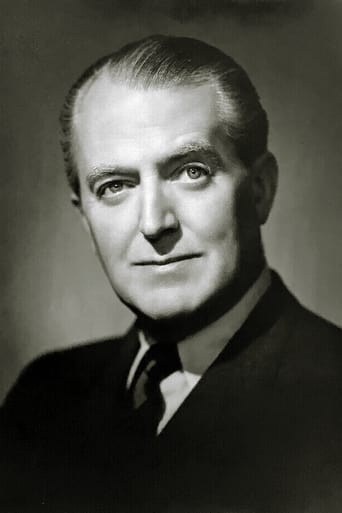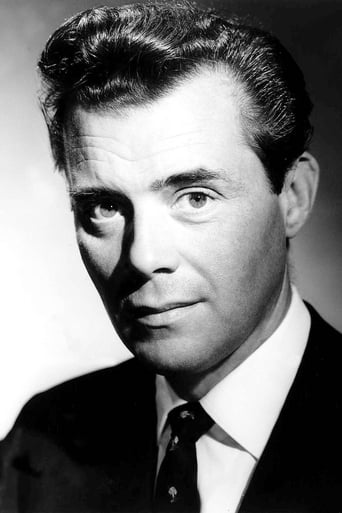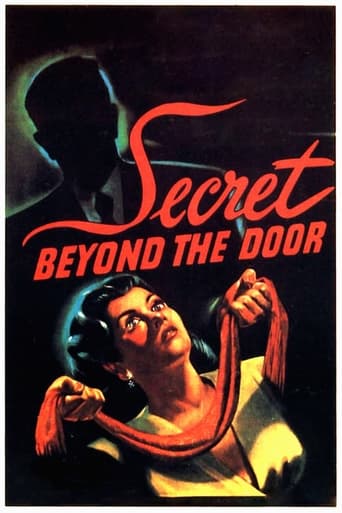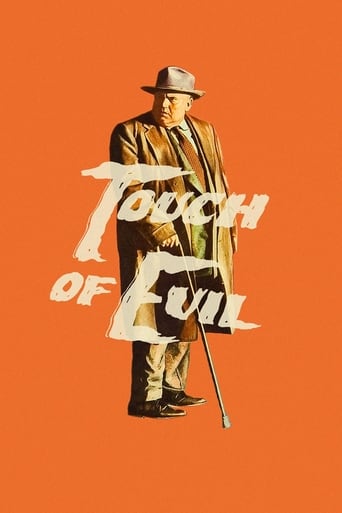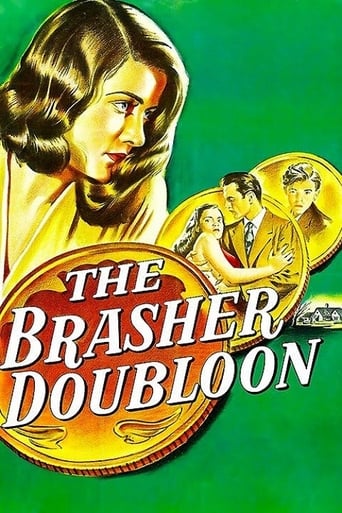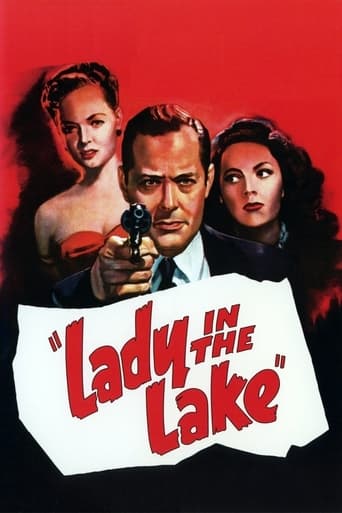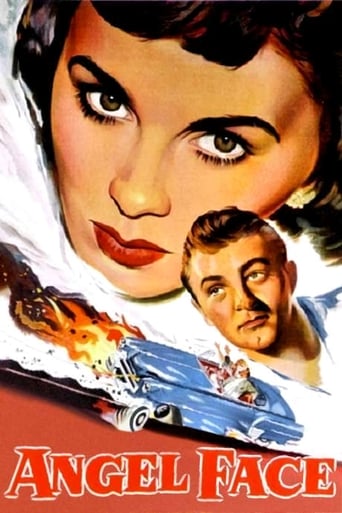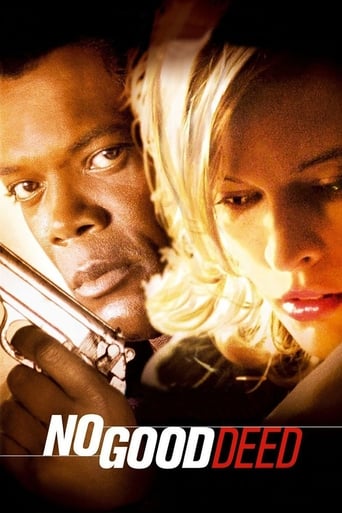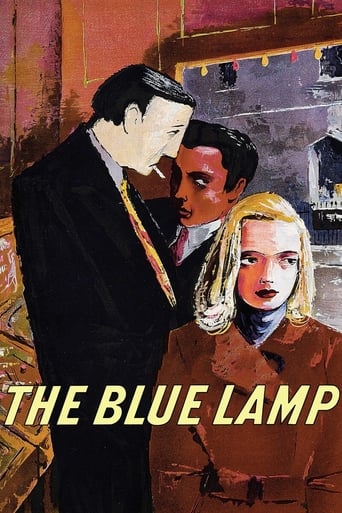
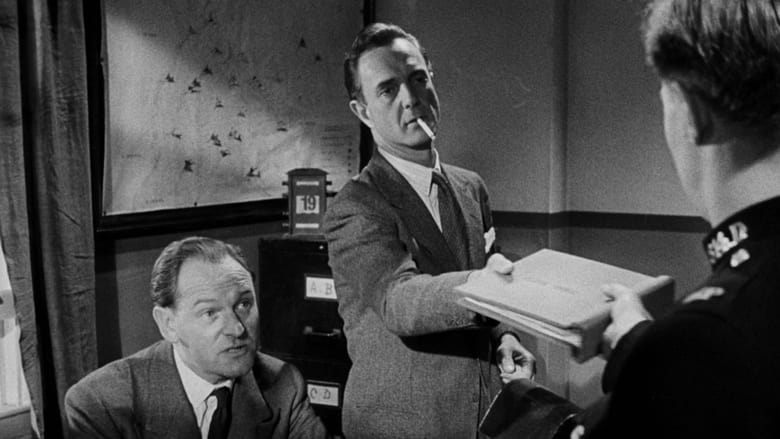
The Blue Lamp (1950)
P.C. George Dixon is a long-serving traditional copper who is due to retire shortly. He takes a new recruit under his aegis and introduces him to the easy-going night beat. Dixon is a classic ordinary hero but also anachronistic, unprepared and unable to answer the violence of the 1950s.
Watch Trailer
Cast
Similar titles
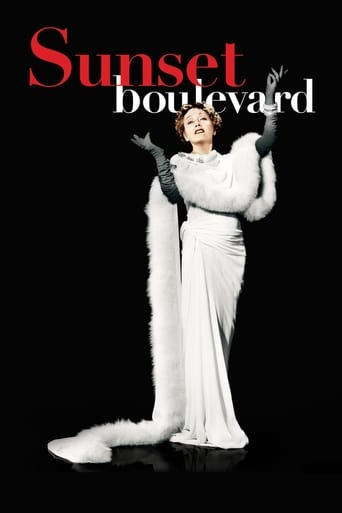
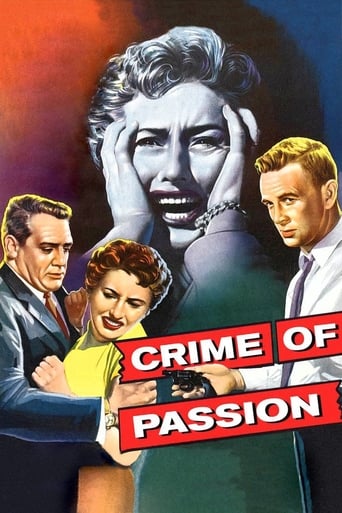
Reviews
i must have seen a different film!!
hyped garbage
The performances transcend the film's tropes, grounding it in characters that feel more complete than this subgenre often produces.
If the ambition is to provide two hours of instantly forgettable, popcorn-munching escapism, it succeeds.
During my teenage years in the seventies I was frequently being told by my elders and betters that they didn't know what the younger generation was coming to and that the young people of that era were a bunch of unruly, disrespectful, irresponsible long-haired hooligans. On the evidence of this film, however, it would appear that public concern about juvenile delinquency did not begin in 1970, or even 1960, and that my grandparents' generation regarded their own offspring, the teenagers of the forties and fifties, as a bunch of unruly, disrespectful, irresponsible hooligans. (But not long-haired. Among my father's generation long hair was seen as a sign of effeminacy rather than of hooliganism or rebelliousness)."The Blue Lamp" was made by Ealing Studios, but it is very different from the comedies which formed their best-known fare at the time. It is a police drama, made in a semi-documentary style complete with voice-over from an invisible narrator. (The title refers to the blue lamps which traditionally hung outside British police stations). It is set in and around the real-life Metropolitan Police station at Paddington Green in West London and follows the activities of a group of (fictitious) police officers, especially the experienced veteran PC George Dixon and the young rookie PC Andy Mitchell. At first their work seems routine enough; their main concern is investigating the disappearance from home of a teenaged girl named Diana Lewis. They discover that Diana is living with her boyfriend Tom Riley, a young hoodlum, but as she is seventeen and has broken no laws, they are unable to compel her to return to live with her parents.In the second half the film becomes less of a documentary and more of a social realist thriller. Tom and another young criminal rob a local cinema. Dixon, called to the scene, confronts Tom and is gunned down. The film then turns into a tense chase thriller, in which the remaining officers from the station try to hunt down Tom and his accomplice, a hunt which becomes all the more urgent when news reaches them that Dixon has died in hospital. (This development comes as a shock to the audience; the scriptwriter T. E. B. Clarke, himself an ex-policeman, was leading them to believe that the injured man was making good progress).Although Dixon dies in this film, he was to have a happy afterlife. Five years after the film was made in 1950, he was resurrected as the title character in the TV series "Dixon of Dock Green", played by the same actor, Jack Warner. (The series was not set in Paddington Green but in the fictitious London district of Dock Green, supposedly in the East End). This was to become one of the longest running and most popular programmes on British television, and ran until 1976, by which time Warner was 80 years old! (Even in 1950 he was looking a bit too old to play a police constable). "The Blue Lamp" also inspired another film, "I Believe in You", which was also directed by Basil Dearden and told a similar semi-documentary tale about the work of the Probation Service.The star of the film is not really Warner, a likable actor but a rather stolid one, but Dirk Bogarde as Tom. The film's thesis is that the main problem facing British society in the late forties and early fifties was not so much organised crime as disorganised crime, perpetrated by angry, disaffected young men whose early lives had been turned upside-down by a war fought between their elders. These men were often more volatile and unpredictable, and therefore more dangerous, than the traditional London underworld who generally avoided using guns because they knew that the justice system would show no mercy to those who killed in the furtherance of crime. (Britain still had the death penalty at this period). Bogarde's Tom Riley is a fine example of this new breed of criminal- a cocky, arrogant and amoral Jack the Lad, consumed by an intense but unfocused anger directed against the world in general, and irrationally convinced of his own superiority and infallibility.The film was highly popular when first released, and with good reason; Bogarde is excellent and the thriller elements generate considerable tension. Some at the time, however, criticised it (a criticism which has continued to be made down the years) for presenting a too idealised image of the police as white knights and a too schematic "cops good, robbers bad" viewpoint. Such a moral structure was by no means uncommon at this period- it can also be found, for example, in the American film noir "White Heat" from the late forties. I do wonder, however, if the "Blue Lamp" view of law enforcement was responsible for a real-life miscarriage of justice.In 1952 two teenagers, Derek Bentley and Christopher Craig, set out to burgle a warehouse in Croydon. They were confronted by a police officer, Sidney Miles, who was shot dead. Craig, who actually fired the fatal shot, was too young to face the death penalty, but his older accomplice Bentley was hanged even though he was mentally handicapped and even though the evidence that he had incited Craig to shoot was disputed and ambiguous. There were a number of similarities between this real-life crime and the fictional one depicted in "The Blue Lamp" two years earlier, and I have wondered whether these might have misled the jury into seeing Bentley- a misguided simpleton- as a slightly younger version of the vicious killer Tom Riley. We will never know the answer to this question for sure, but I feel the possibility cannot be ruled out. 8/10
The Blue Lamp is directed by Basil Dearden and written by T.E.B. Clarke. It stars Jack Warner, Jimmy Hanley, Dirk Bogarde, Robert Flemyng and Peggy Evans. Music is by Ernest Irving and cinematography by Gordon Dines.Andy Mitchell is a new recruit to the London police force, old hand George Dixon takes him under his wing and shows him the ropes. When Dixon is gunned down by a hot headed crook, Mitchell, the force, and the close knit community, all rally round to catch the villain.What chiefly makes The Blue Lamp a fine watch is being able to witness the good old days of the British Bobby. It was a time when the copper was a feared and reassuring presence on the British streets, they walked the beat so everyone could sleep easy in their beds, help was but merely a whistle away.In that, this Ealing Studios production does a wonderful job, the essence is perfect, the locale and the dialect used is absolutely spot on, whilst the story is an accomplished piece that brings to notice the sad emergence of trigger happy crooks, a new breed of thug who's discipline quota was zero. It also looks nice, with a film noir sheen presented for the night-time sequences, while Dearden offers up a great action scene and closes the picture down with a tense chase finale at White City Greyhound Stadium.There's inevitably some staid performances indicative of the time, and it definitely paints the police and surrounding community through rose tinted spectacles, but they are small complaints that ultimately can't stop The Blue Lamp from being a most engaging viewing experience. 7.5/10
This film is well made and tells the story well. Of course it is dated now but does have a bases of fact especially in police procedure and the fact that there was young men gangsters about because don't forget this was just after the war. All the policeman are like able and as the film goes by you find yourself caring what happens to them. What PC Dixon gets shot it is truly upsetting although most people know that the character when on to be one of the most watched 60's BBC television shows in the form of Dixon of Dock Green. The London shown in the film is a London that I remember lots of war damage and open spaces. I like the old road signs and shop sign which places in its time and space. London just after the war, and was soon to change. Worth a look just for this.
I first saw "The Blue Lamp" when I was a youngster at the Mile End Empire cinema in East London. At that time I thought it was a really good film. However, I saw it again recently on television. It is still a good film. It takes place in post-war London. It was a time of severe austerity, rationing and people just making do. However, it was a time of public order and most crime was petty. Most men has done military service and women had been marshaled into war work and accepted discipline easily . The youth movements, play centers, and a large network of youth clubs kept teenagers busy and out of trouble and military conscription looked after the older male teens. There was a"teddy boy" problem but it was easily contained and minimal. Unlike today, people could walk the streets and feel safe and there were no no-go areas in London. Furthermore,football teams such as Arsenal, Spurs and Chelsea attracted large gates of over50-60,000 and there was never any crowd trouble. The metropolitan police was at the grounds to play music at half time and that's about all they did. The "Blue Lamp" does however,highlight a few policing problems. There was a serious working class resentment against the police. There was a feeling that many police officers had "done well" out of the war through contacts with the black market. Other police officers they thought had had a good war by being exempt from military service. Also it was thought that the police ware harassing people for petty things (the barrow boy for example). This resentment is shown in the film by the little girl who finds the murder weapon and does not want to talk to the police about it. She is not shy but says that her father says " all coppers are ....." The police interfere in peoples lives. A seventeen year old is picked up for leaving home and given a "talking to" even though she is old enough to get married and is holding down a job. Many of these police officers are not from London and do not know the community or its culture. One is from Wales and another Andy is from Maidstone. It is apparent that the police do not really have the consent of the people they are policing. The George Dixon character has been a police officer too long and is somewhat cynical about the job. His murder by psychotic killer played wonderfully by Dirk Bogarde shows the dangers faced by an unarmed police force. Lastly, I don't really understand why the B.B.C. resurrected George Dixon from the grave when they already had a "beat copper" series on the radio called P.C. 49. This radio series was very popular and there was a cartoon strip spin- off which appeared in "The Eagle" comic. Also there were two successful films made: "The Adventures of P.C. 49 and "A Case for P.C. 49." It could have easily been adapted for television.
